23,000-Year-Old Artifact Discovered in the Pope’s Grotto Continues to Mystify Researchers
An artifact unearthed in Western Europe that was crafted by an ancient humans tens of thousands of years ago continues to captivate the imagination of historians and archaeologists due to its incredible detail and mysterious nature.
This small figurine is one of the oldest of its kind ever found in Europe, and has been instrumental in enriching our understanding of the Upper Paleolithic humans who once flourished on the continent during the last Ice Age.
What Are Venus Figures?
The term Venus figurine is used to define over 200 small statues of voluptuous females discovered at sites throughout Europe and even as far away as Asia.

Source: Wikimedia
The oldest of the Venus figurines go back as far as 40,000 BCE. Ancient artisans utilized various materials, including mammoth tusks, teeth, bone, and even stone to craft these intriguing statues.
Why Are They Called Venus Figurines?
Despite predating the myths about the goddess Venus by several thousands of years, a researcher named them in honor of the Roman goddess as they appear to represent fertility and sexuality, just like their Roman counterpart.

Source: Wikimedia
“When paleoanthropologists refer to figurines as Venuses, [they] usually do so with air quotes,” said researcher von Petzinger.
Discovery of a Unique Artifact in a French Village
Over a century ago, one of the most fascinating Venus figurines ever discovered was unearthed inside a cave in southwestern France. The small ivory statue was later dubbed the Venus of Brassempouy in honor of the village in which it was found.
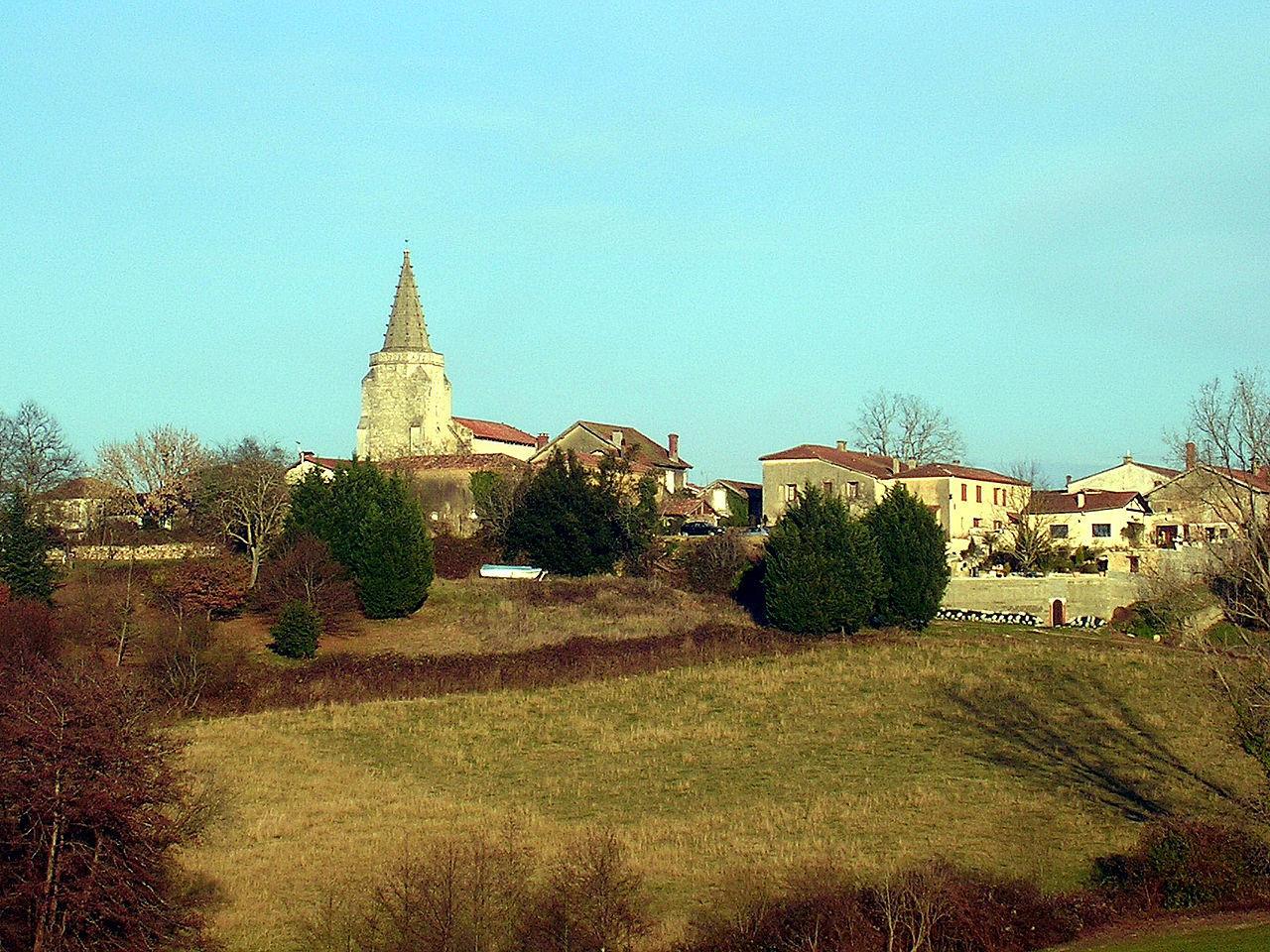
Source: Wikimedia
Researchers were drawn to the artifact for many reasons, one of the most prominent being the realistic nature of the face on the figurine.
The Lady With the Hood
The Venus of Brassempouy is sometimes called “The Lady with the Hood,” due to the unique headpiece adoring the figurine.
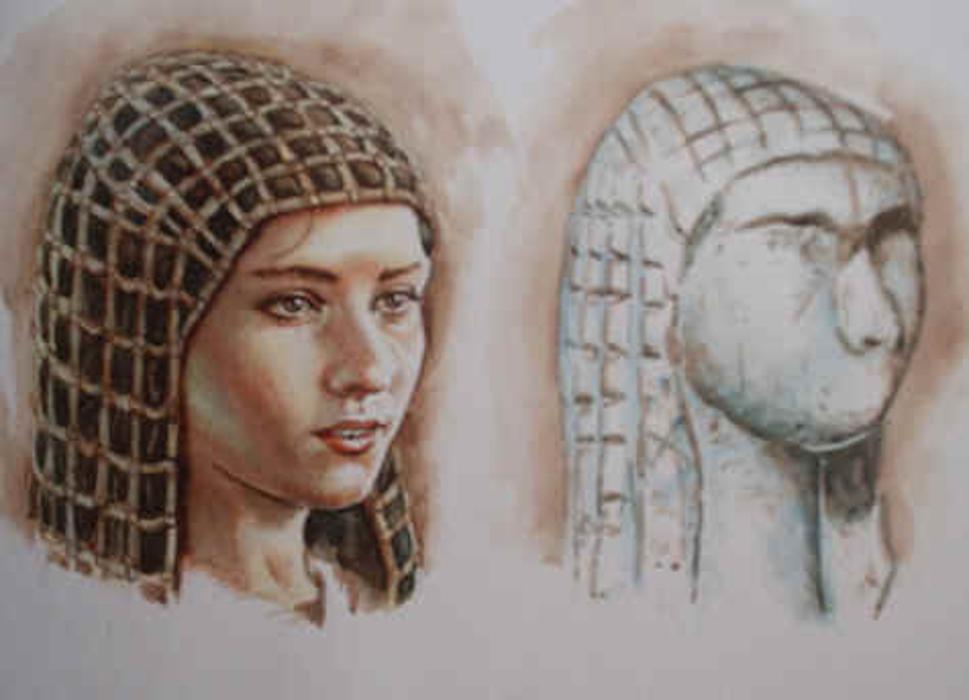
Source: Wikimedia
Prized for its realism and attention to detail, the figurine’s distinct facial features, including a distinction between its forehead, pupils, chin, and nose, have fascinated researchers for centuries. According to France’s National Archaeological Museum, the object is one of the earliest examples of a carved human face.
Resembling a Future Culture
The Venus of Brassempouy also is notable for the incision made on the top and sides of the head. While these incisions may look like a headpiece that resembles those worn by the ancient Egyptians, others believe that it could be hair.

Source: Wikimedia
However, the dating of the figure suggests that it predates ancient Egyptians by thousands of years.
The Dimensions of the Venus Statue
Found in the village of Brassempouy, within a cave known to locals as the Pope’s Grotto, the small Venus figurine is a mere 1.4 inches tall and less than an inch wide.
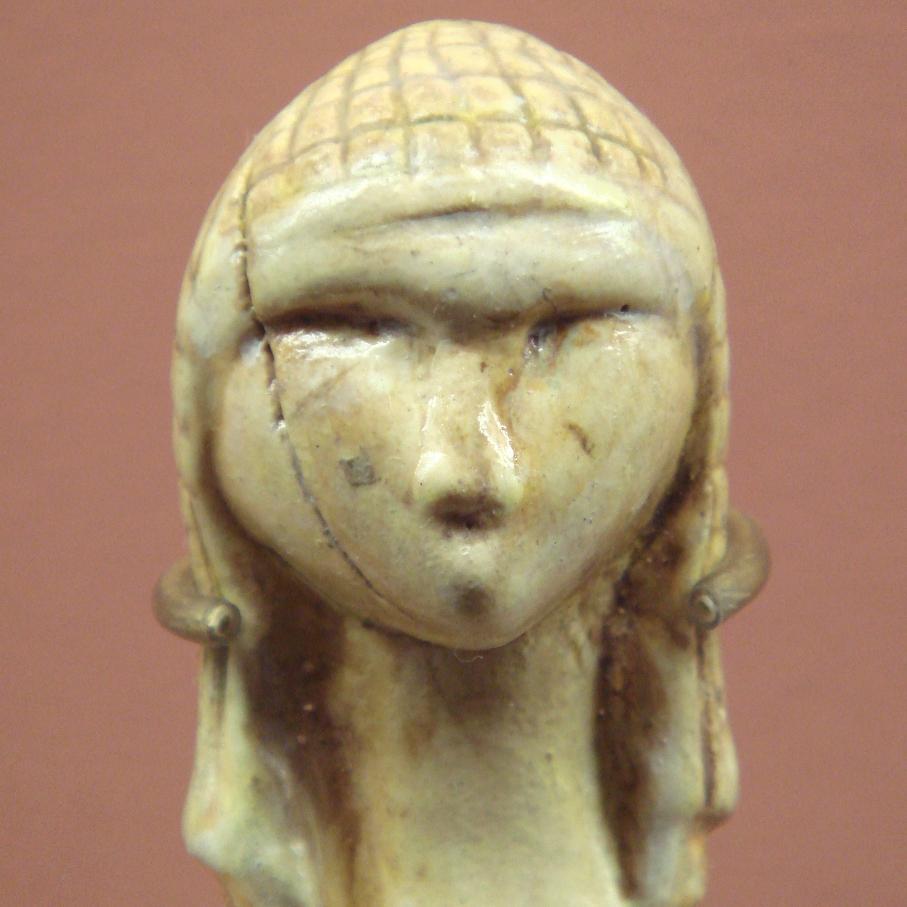
Source: Wikimedia
Researchers have theorized that the head may have once been attached to a body, yet no evidence has ever been discovered to back up their claim.
23,000-Year-Old Figurine
According to researchers’ estimates, the Venus of Brassempouy was created by a Paleolithic human around 23,000 years ago.
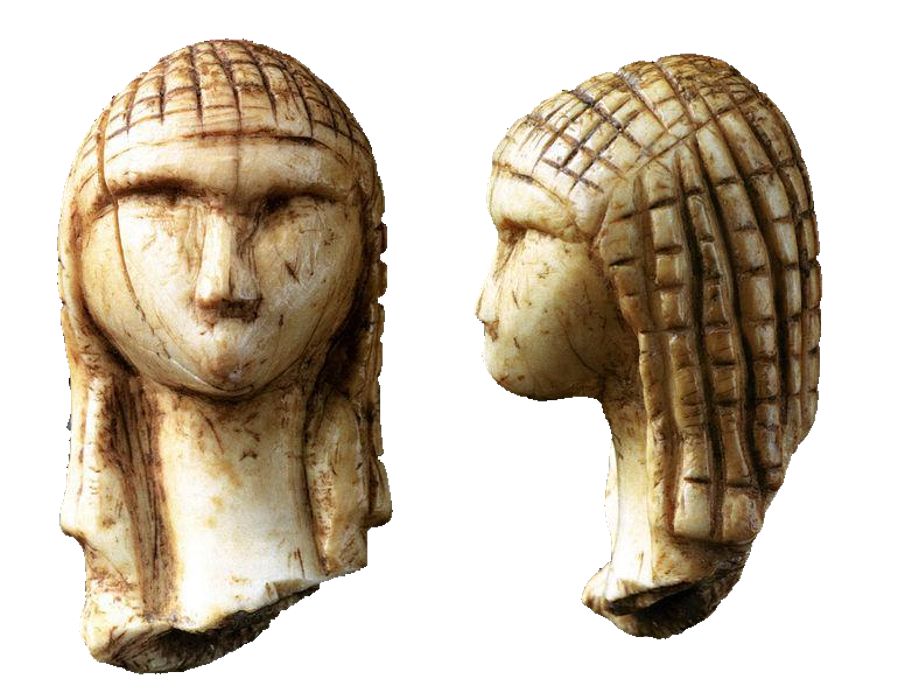
Source: Wikimedia
It was discovered alongside eight other figurines in the cave. The Pope’s Grotto and a nearby site known as the Gallery of the Hyenas are some of the earliest Paleolithic sites in France.
Notable for the Detail
Unlike other known statues, researchers find the Venus of Brassempouy significant. While the figurines all depict voluptuous female figures with exaggerated features, they have stylized heads that are often disproportionately small and lack detail.

Source: Freepik
Despite missing her body, the Venus of Brassempouy stands out for her highly detailed face.
The Earliest Depictions of Human Face
The Venus of Brassempouy, measuring about 3.5 cm (1.38 inches), is a fragmentary figurine, with only the head discovered. Experts believe that someone destroyed the rest of the figurine at some point in the past.

Source: Wikimedia
This fragment holds great significance as one of the earliest known depictions of a human face.
The Artistic Capabilities of Paleolithic Humans
The Venus of Brassempouy and other Paleolithic figurines have provided sufficient evidence for researchers to suggest that humans of the era had advanced artistic capabilities.

Source: Wikimedia
The artisans were able to create realistic statues using simple tools and techniques on a wide variety of materials.
The Venus of Willendorf
The Venus of Willendorf is another well-known example of a Paleolithic statue carved with incredible detail. This unique artifact was first discovered in 1908 during an archaeological dig in Lower Austria.
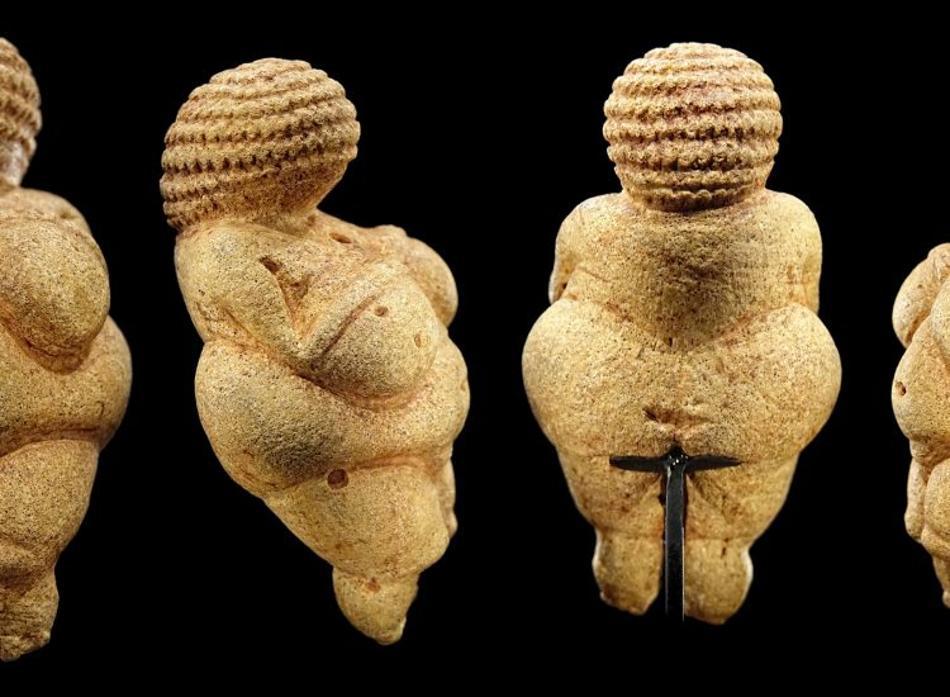
Source: Naturhistorisches Museum in Vienna
The fascinating detail on the figurine, including what appears to be beautifully carved locks of curly hair, adds a unique level of realism to this stone object.
The Purpose of the Figurines
Researchers are still uncertain about the purpose of the Venus figurines found throughout Europe, and the topic remains widely debated.
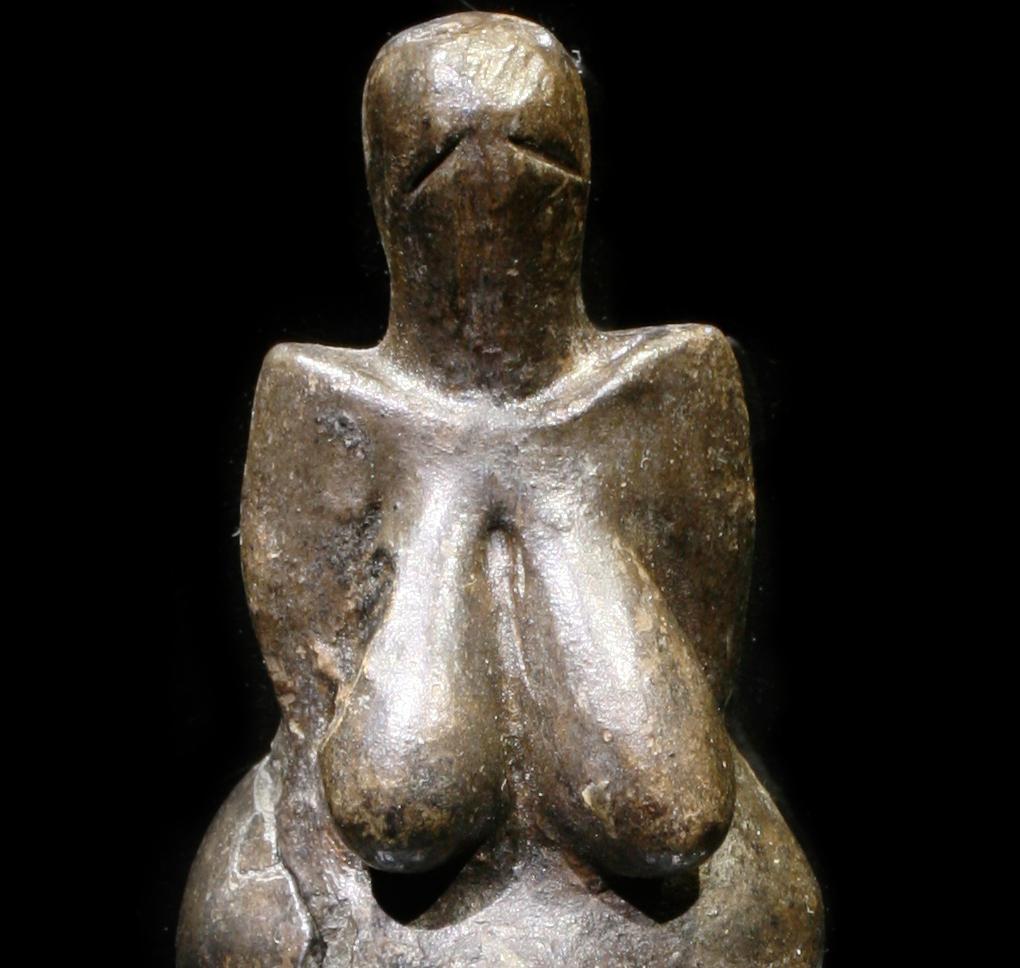
Source: Wikimedia
Some researchers have proposed theories suggesting that they may have had a religious function; others think they were used as amulets to help Paleolithic humans gain weight.
Alternative Theories on the Creation of the Figurines
Theories proposed in recent years even try to establish a link between the figurine’s creation and changing climates, which may have forced prehistoric inhabitants to migrate away from their homeland.
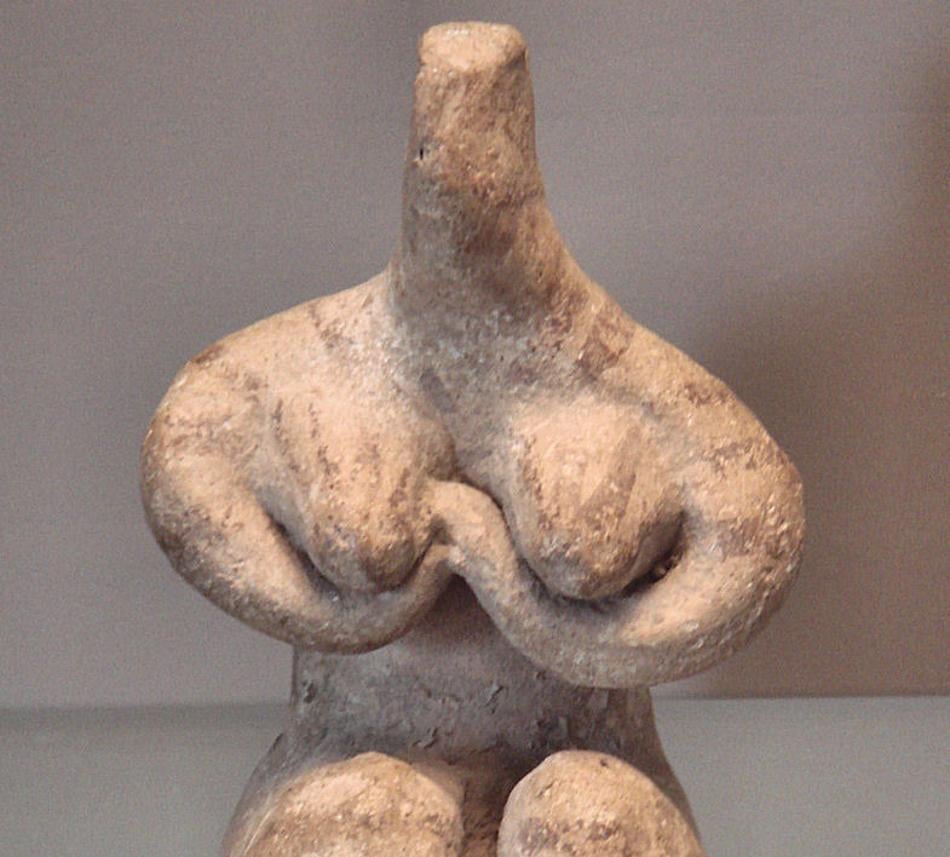
Source: Wikimedia
Despite our inability to say for certain what the figurines were used for, researchers are certain their significance to the ancient cultures that once roamed Europe cannot be overstated.
Valuable Insight Into a Mysterious Era
As researchers continue to unearth more of these unique figurines, they will gather further knowledge of the development of artistic techniques in Europe during the Upper Paleolithic period.

Source: Wikimedia
The Venus figurines continue to shed light on the world that existed long before civilization as we consider it today.
Some of the Oldest Pieces of Art
The cave art found in Chauvet Cave near Avignon, France, and the Lascaux Caves near Bordeaux predates the Venus of Braseempouy.

Source: Wikimedia
These caves contained the oldest known pieces of art, which may have also shown early signs of a calendar used to track animals and the seasons.
Indonesian Pig
Researchers discovered a “warty pig” in the Leang Tedongnge Cave in Sulawesi, Indonesia. After dating the art piece to be about 45,500 years old, they believe it could be the earliest example of “representational” art ever found.
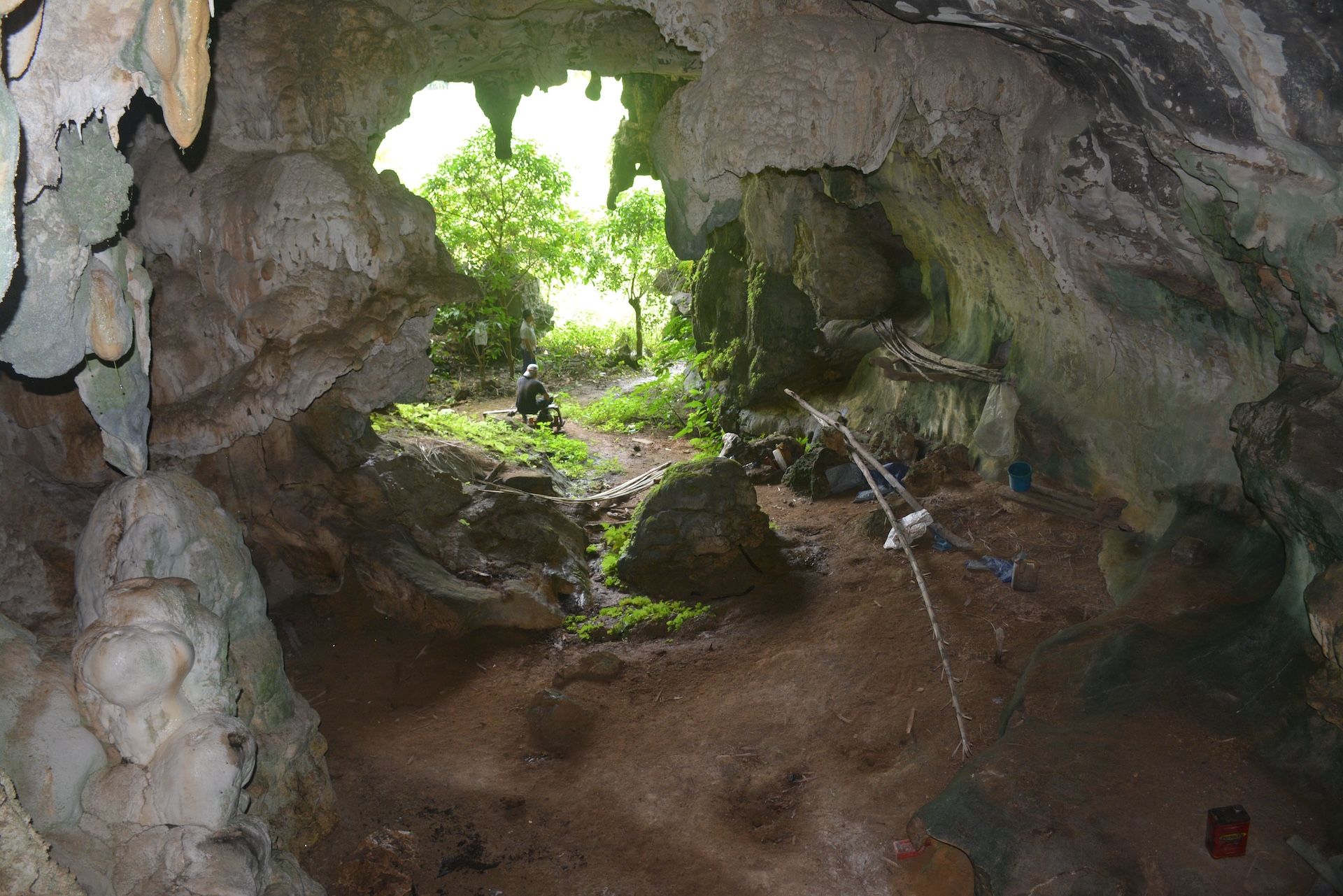
Source: Oktaviana/Wikimedia Commons
Researchers say that Indonesia is a hotspot for rock art and early work that challenges our understanding of the creative endeavors of our early ancestors.
Neanderthal Wall Carvings
Researchers discovered another one of the earliest instances of art crafted by Neanderthals engraved in the Roche-Cotard cave.

Source: Neanderthal-Museum, Mettmann/Wikimedia Commons
Researchers dated the art piece back to 75,000 years ago, making the rock piece thousands of years older than the first Homo sapiens that arrived in Europe.
Neanderthal Bone Carving
About 51,000 years ago, a bone was carved by Neanderthals long before H. sapiens arrived. Archaeologists believe that the Neanderthals also likely carved wood, but the craving did not survive the years.
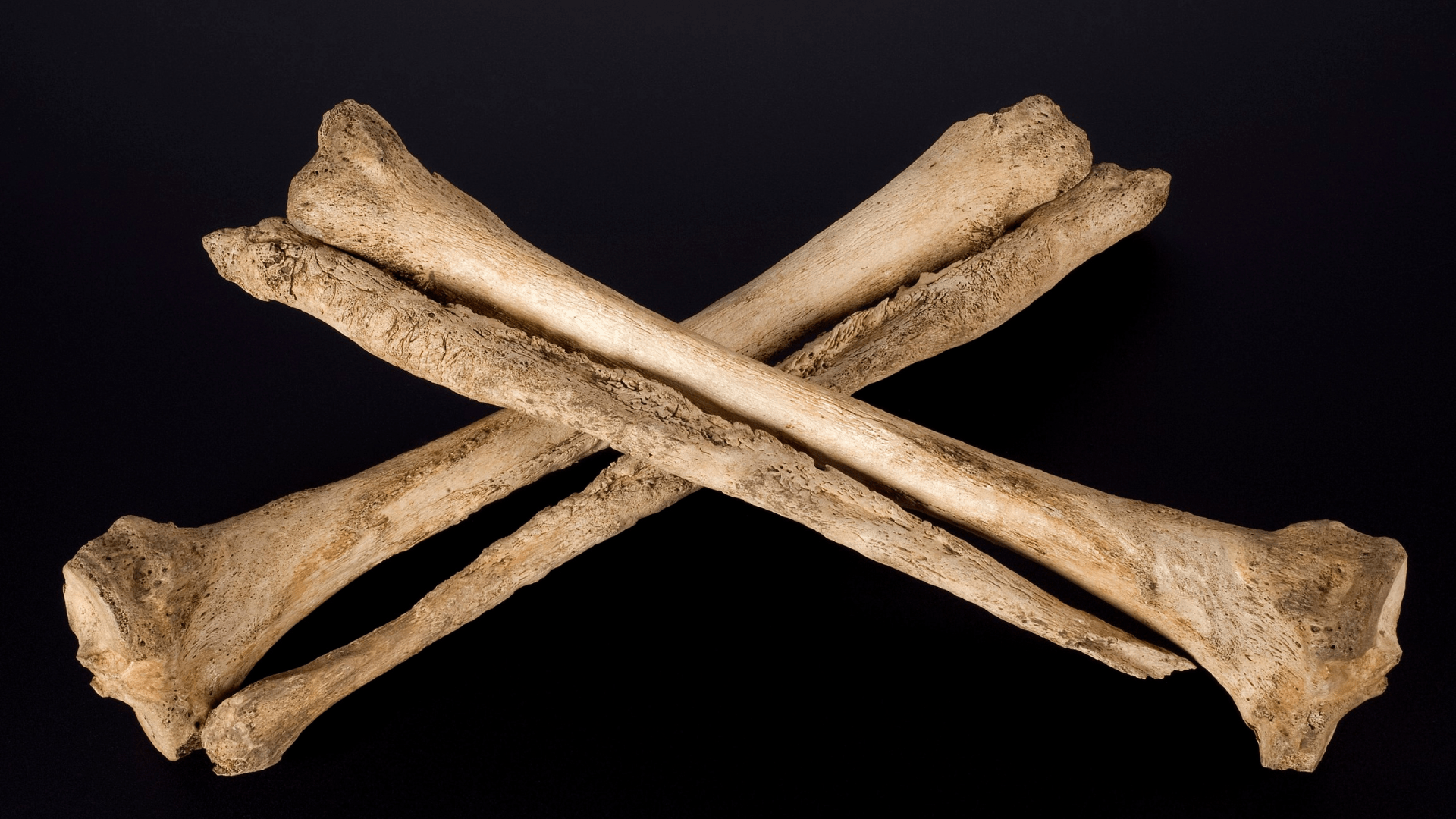
Wellcome Images/Wikimedia Commons
Researchers discovered this carved toe bone from a giant deer in a cave in Germany. Experts believe this carving is the earliest symbolic carving ever found.
South African “Hashtag”
Archaeologists found a rock flake marked in red ochre with criss-crossed lines in the Blombos Cave in South Africa.

Source: Christopher Furlong/Getty Images
The rock with “hashtag” symbols is thought to be about 73,000 years old, and archaeologists think it was probably made by early H. sapiens.
Eagle Talon Pendants
About 130,000 years ago, a white-tailed eagle talons from the Krapina Neanderthal site in present-day Croatia. Archaeologists believe that the talons might have been part of a jewelry assemblage.

Source: Ken Canning
Neanderthals collected these eagle talons found in an ancient rock shelter in Croatia. Researchers discovered the artifacts nearly a century ago, but modern technology recently revealed their age.
Hominin Wood
Wood is easy to carve, but it typically rots when exposed to air and decays rapidly. Likely, many wooden objects made by Neanderthals and even earlier hominins have completely disintegrated over time, which explains why archaeologists have never found any.

Source: James Wheeler/Pexels
However, the discovery of a 476,000-year-old wooden structure in Zambia, preserved in clay, reveals the skillful craftsmanship that archaic hominins likely used to create artworks.
Tibet Handprints
Fossilized children’s hand prints near a hot spring in Tibet could be as old as 200,000 years, according to one study, potentially making them some of the earliest art ever discovered. Artists made the prints in travertine stone, which remains soft when wet and hardens as it dries.
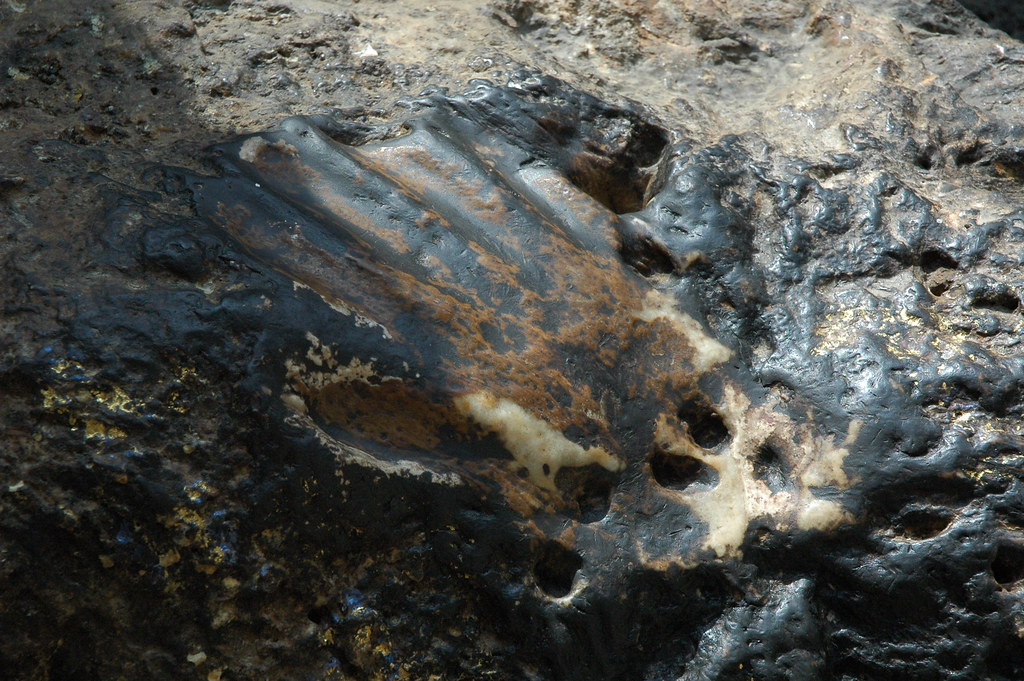
Source: Wonderlane/Flickr
However, archaeologists debate whether this behavior qualifies as art and whether the Tibetan prints are truly as ancient as suggested.
Ancient Zigzag Patterns
Researchers believe that the hominin Homo erectus created these zigzag patterns on a shell found in Indonesia up to 540,000 years ago.
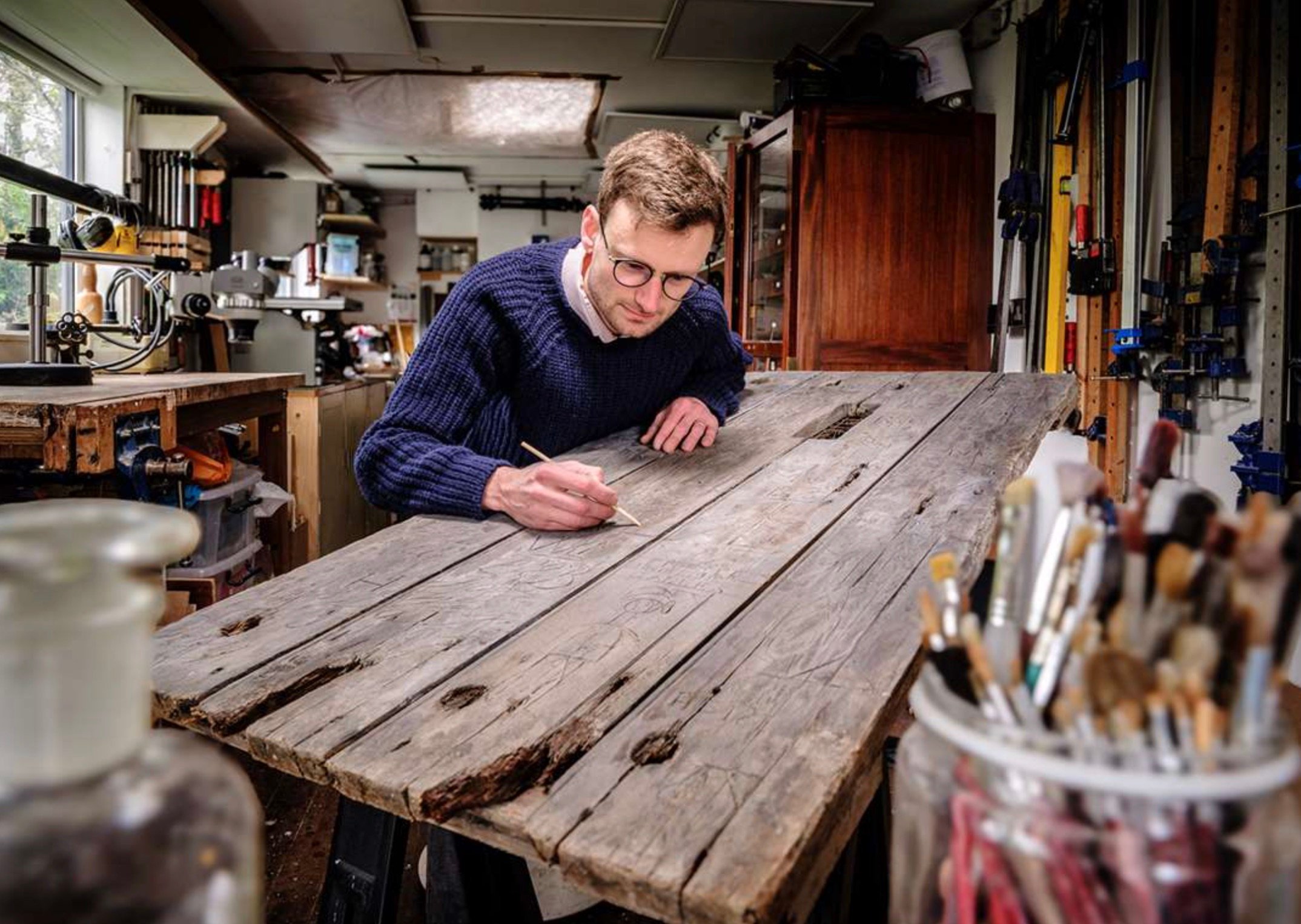
Source: English Heritage Website
Although the purpose behind the design remains unclear, archaeologists note that people still create similar patterns today.
